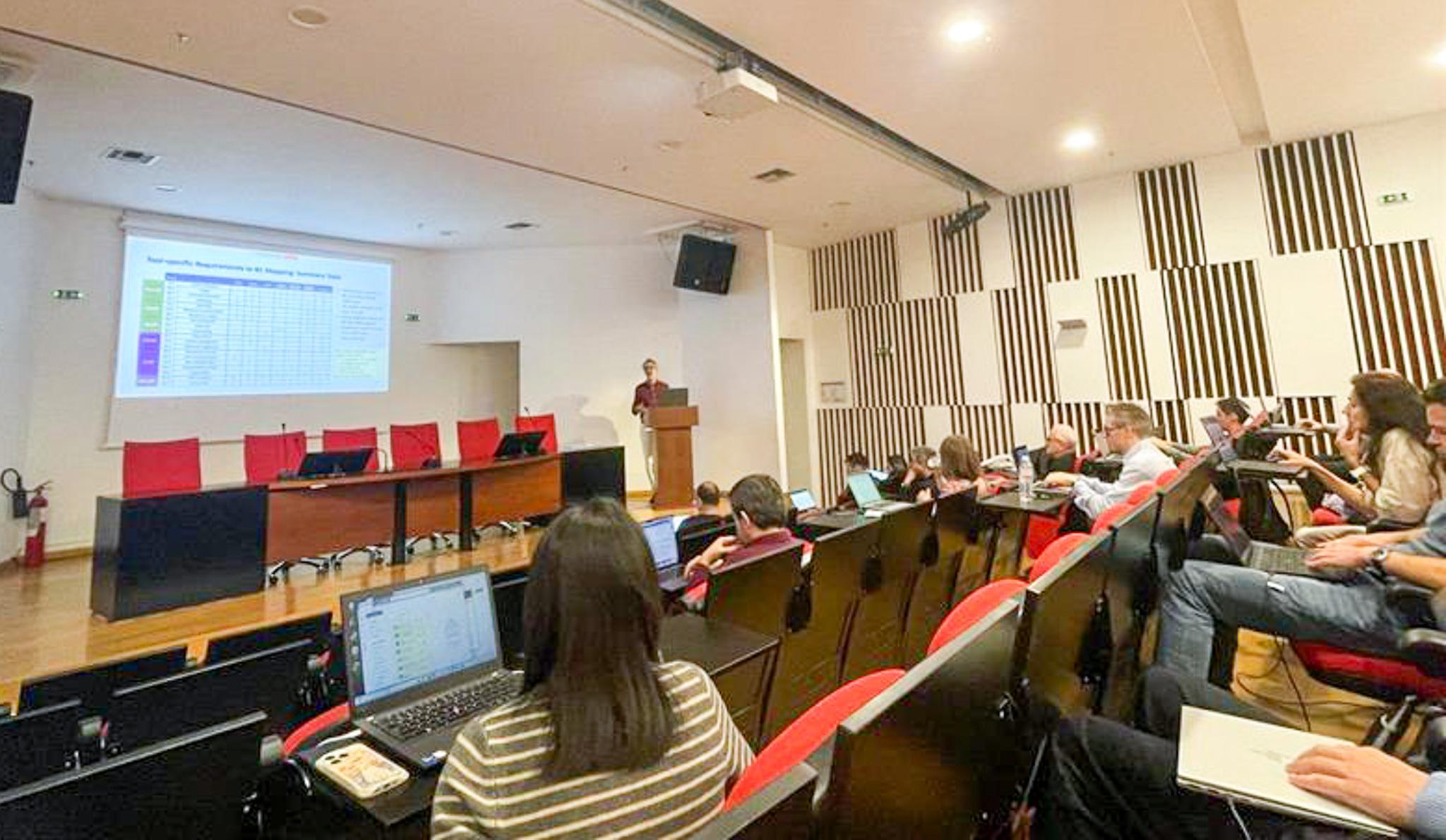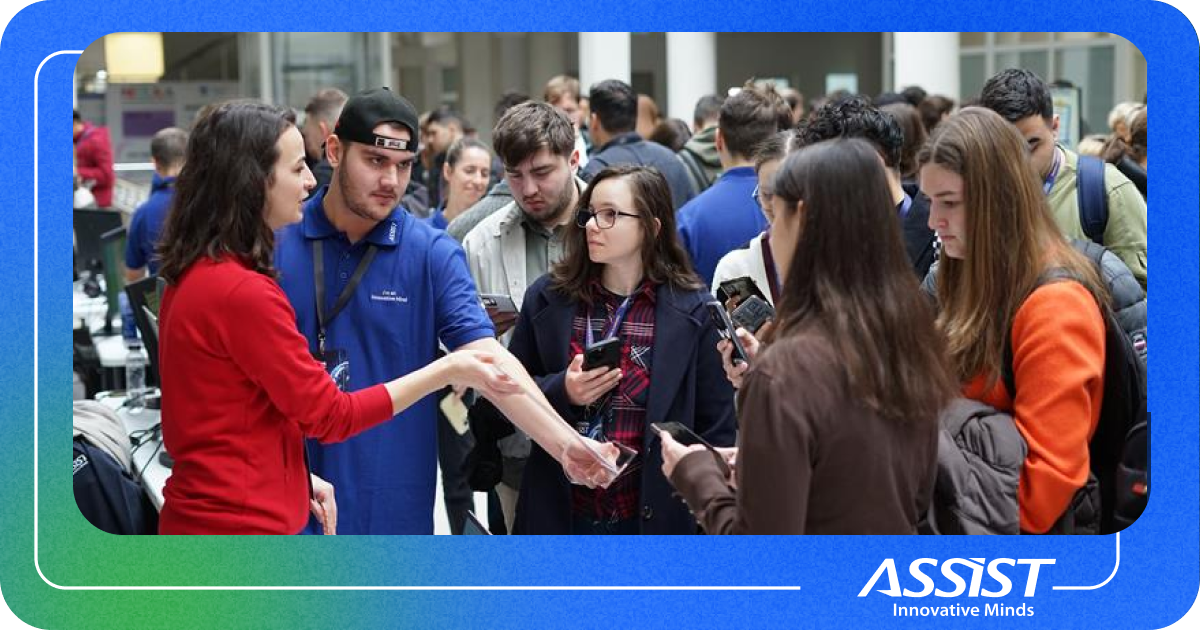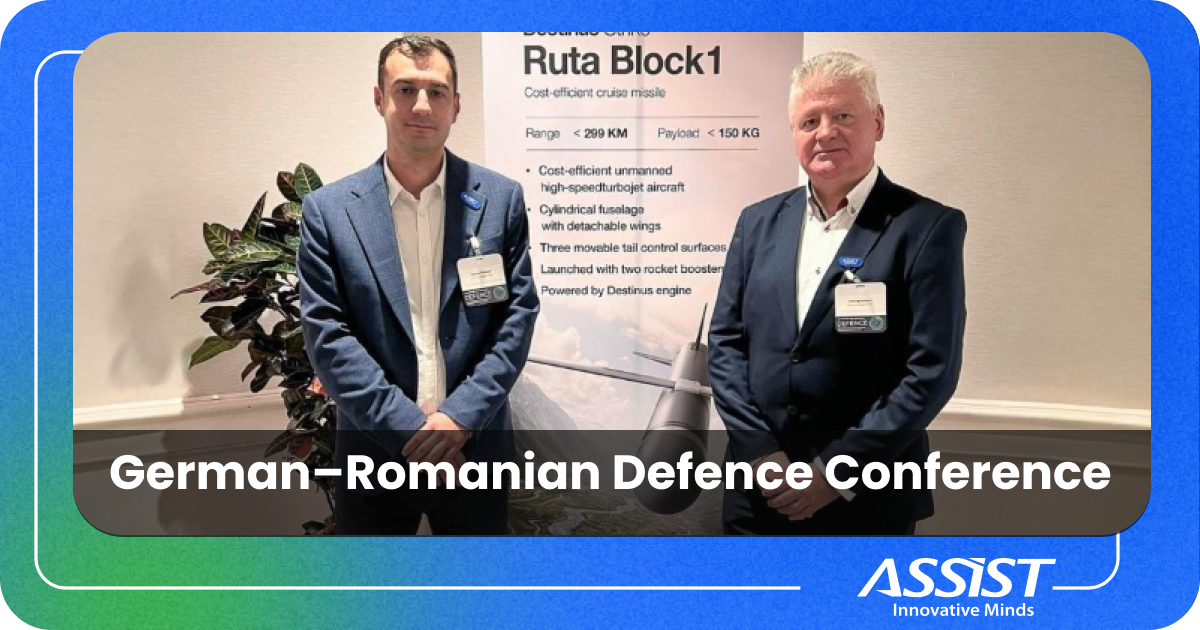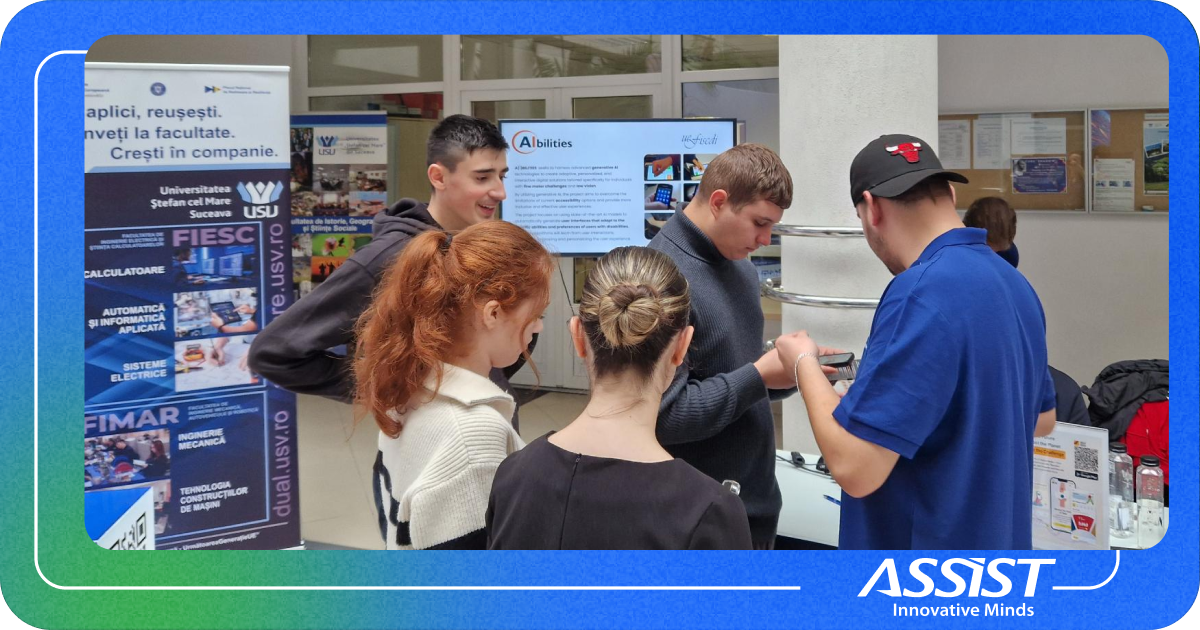3rd DataPACT Meeting: Shaping the Future of Responsible Data and AI
At ASSIST Software, innovation and research are at the core of everything we do. Guided by a culture of exploring new technologies and advancing sustainable, responsible solutions, we actively contribute to EU-funded projects that shape the future of data and AI.
Through the DataPACT project, launched in January 2025, we are contributing to more transparent, compliant, and sustainable data and AI practices across organizations. The project provides practical tools and frameworks that help organizations embed ethics, compliance, and environmental sustainability directly into their data operations, optimize their data pipelines, and make better-informed decisions, all while ensuring alignment with European standards and maximizing the value of their data assets.
DataPACT’s Third Plenary Meeting in Thessaloniki
To review progress, coordinate technological developments, and plan upcoming activities, the consortium convened at the Research Dissemination Center (KEDEA) of Aristotle University of Thessaloniki from October 8 to 10, 2025. The meeting marked a key milestone, transitioning from the requirements and design phase to the development and integration phase, where tools developed in previous initiatives will be adapted to support the project’s seven use cases spanning media and entertainment, healthcare, smart cities, law enforcement, customer relationship management, manufacturing, human resources, and public data. This diversity enables DataPACT to demonstrate the versatility of its approach and ensure practical value for end-users across various industries.
The Project Officer, representing the European Commission, attended the meeting to evaluate the project’s progress and review the current implementation status within the framework of the Horizon Europe program.
The agenda focused on a comprehensive review of progress, deliverables, validated functional and non-functional requirements, and detailed business cases, ensuring alignment across technical, ethical, and exploitation strands.
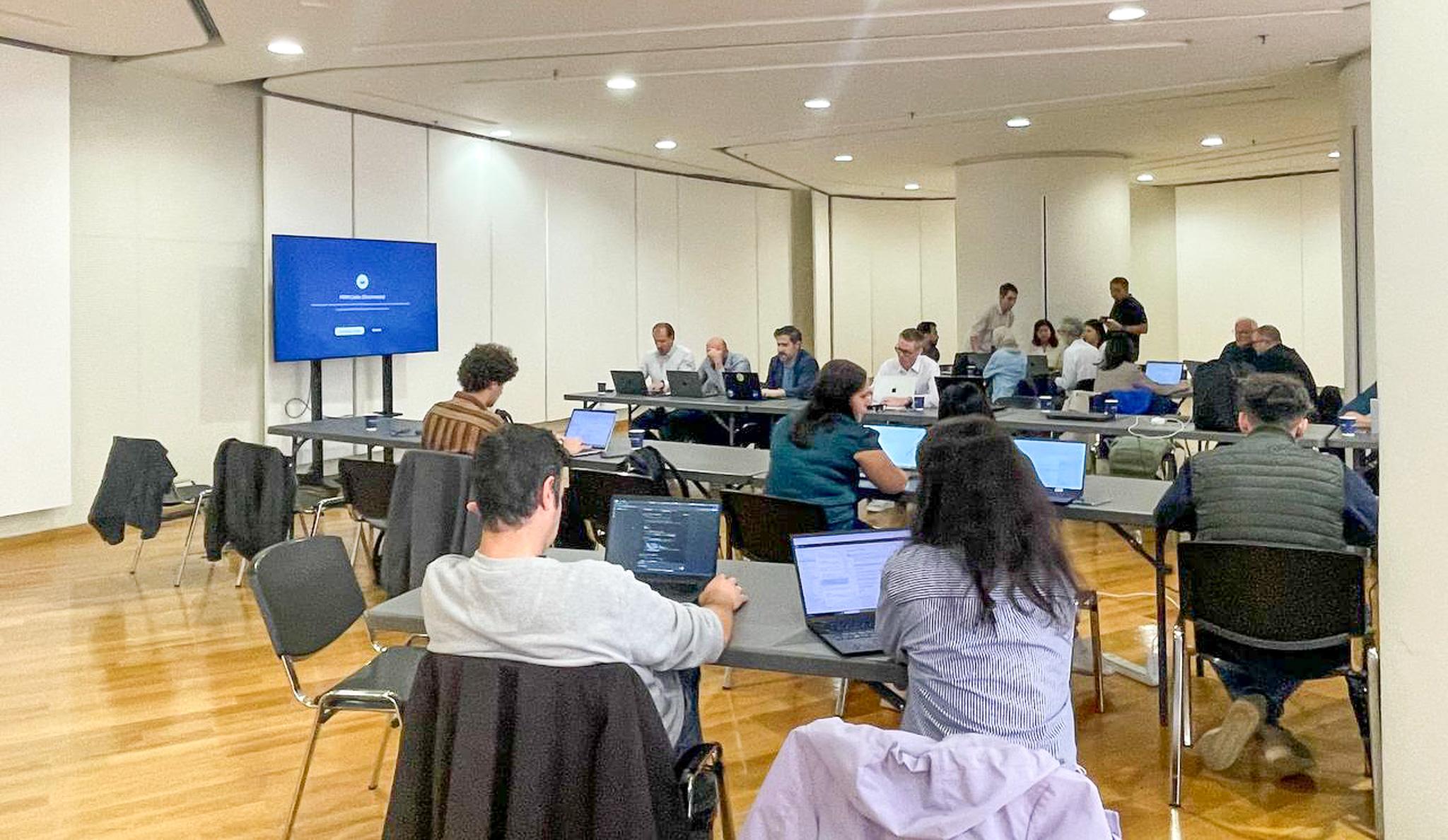
Laying the Foundations for Technical Advancements and Long-Term Impact
The meeting featured in-depth technical discussions across multiple work packages, covering system architecture, interoperability, and the alignment of functional and non-functional requirements with the finalized use cases. Following these discussions, the consortium agreed to initiate detailed discussions on the integration phase, for which ASSIST Software will take the lead, focusing initially on the setup of the technical infrastructure and the adaptation of tools to ensure a coherent and interoperable system.
The meeting further addressed dissemination and exploitation strategies, reviewing planned outreach activities, communication channels, and stakeholder engagement to maximize the visibility and impact of project results across Europe and beyond. Our colleague Cătălin presented the next steps for innovation management and exploitation within DataPACT, highlighting how outcomes across work packages will be strategically aligned with the project’s long-term innovation and impact goals. He also set priorities for future work on innovation KPIs, the Innovation Tracking Tool, risk management, and business models that will support the sustainable development and market relevance of the project’s results.
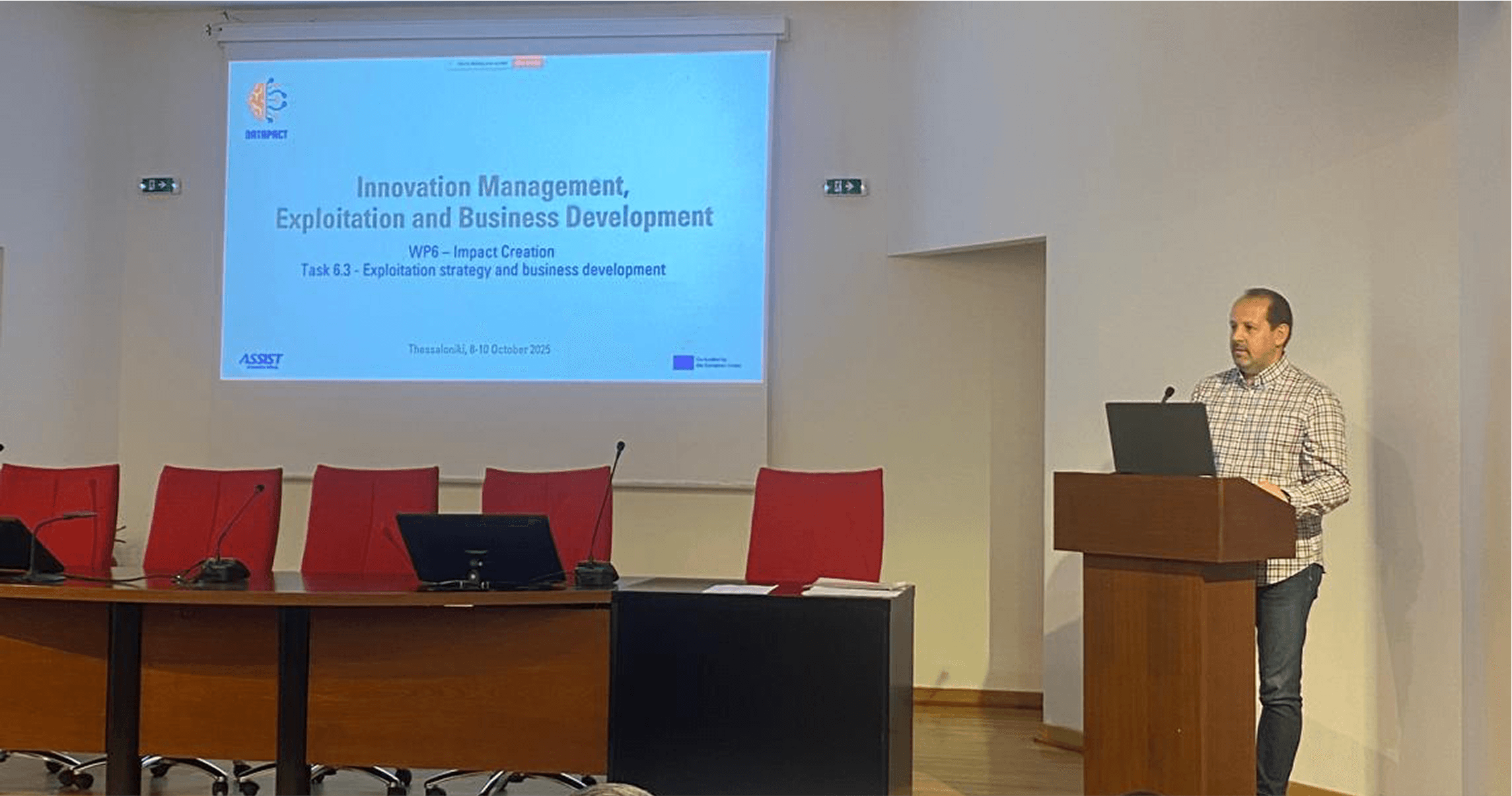
Supported by Horizon Europe
The DataPACT project is supported by the Horizon Europe program, the European Union’s flagship research and innovation initiative. Submitted under the HORIZON-CL4-2024-DATA-01-01 call for proposals (project ID 101189771), this funding enables the consortium to advance responsible, transparent, and sustainable data and AI practices across Europe.
